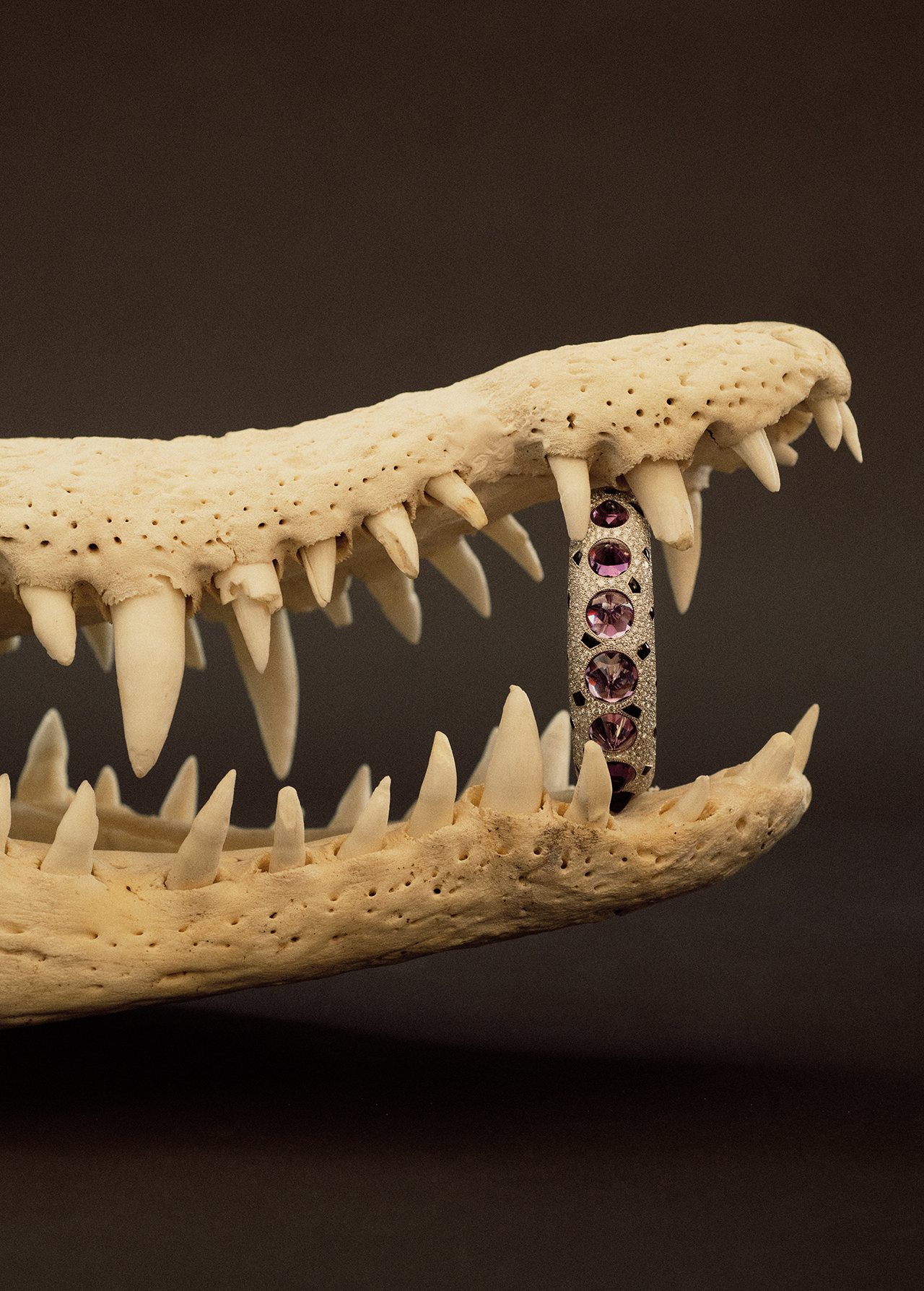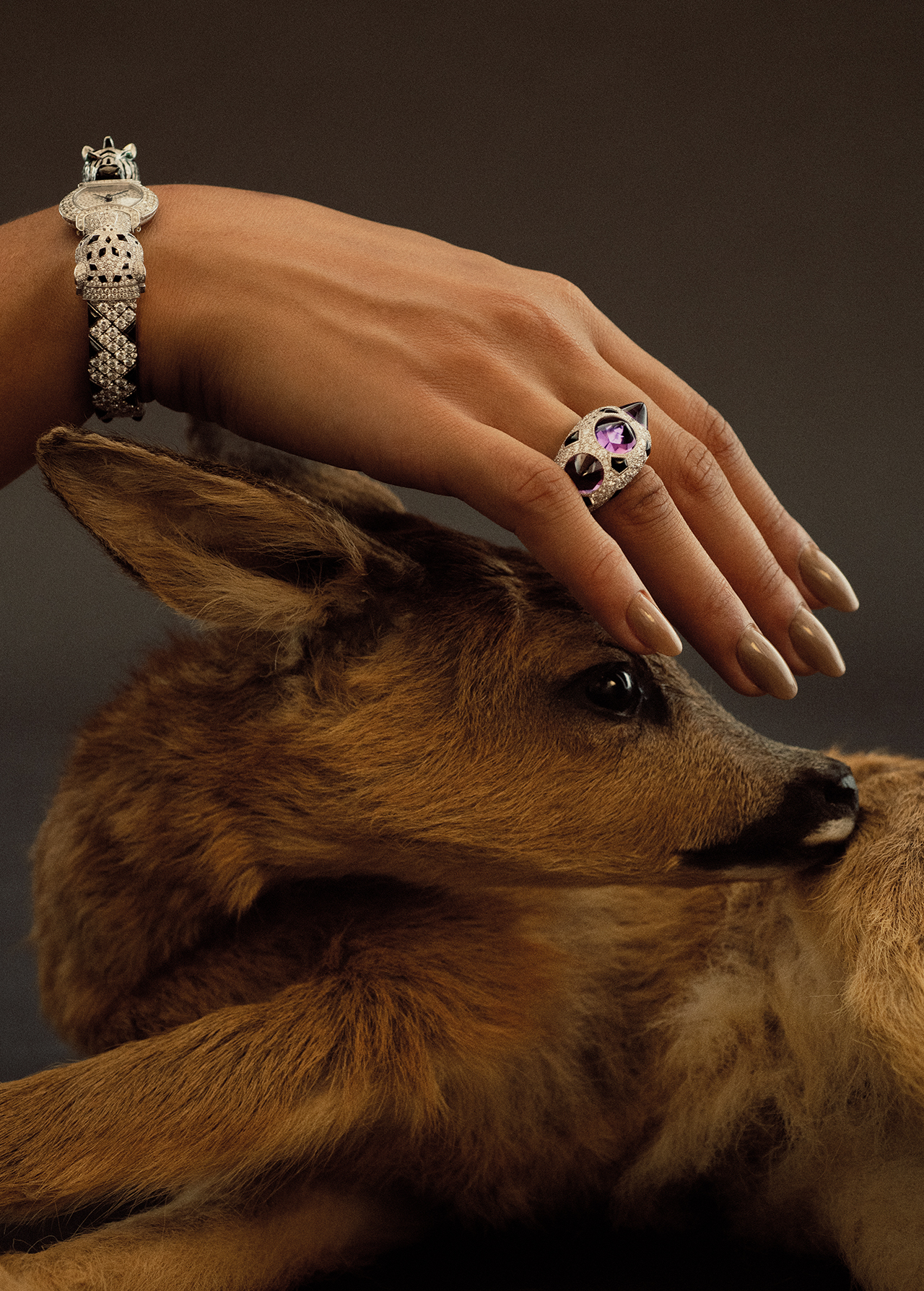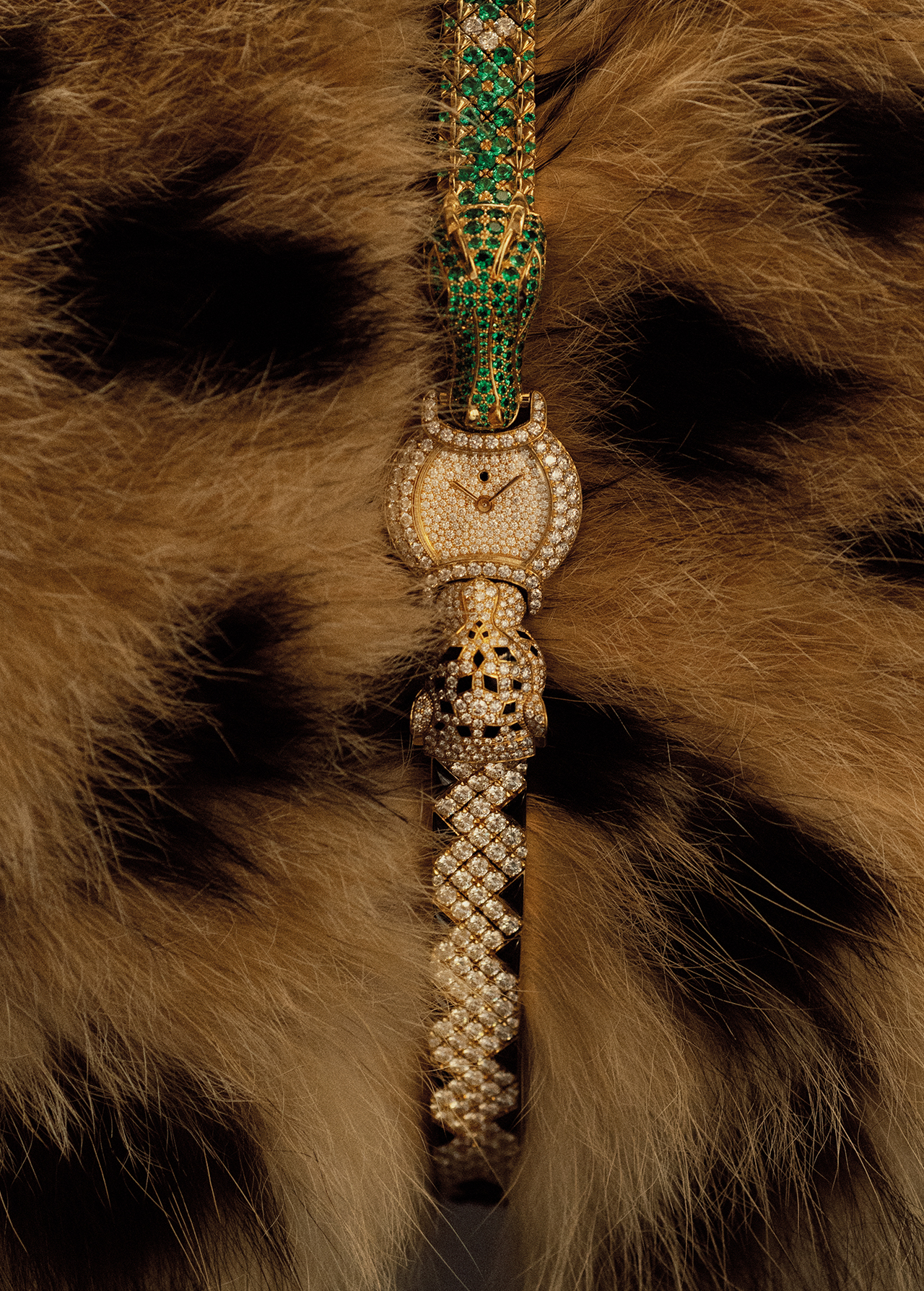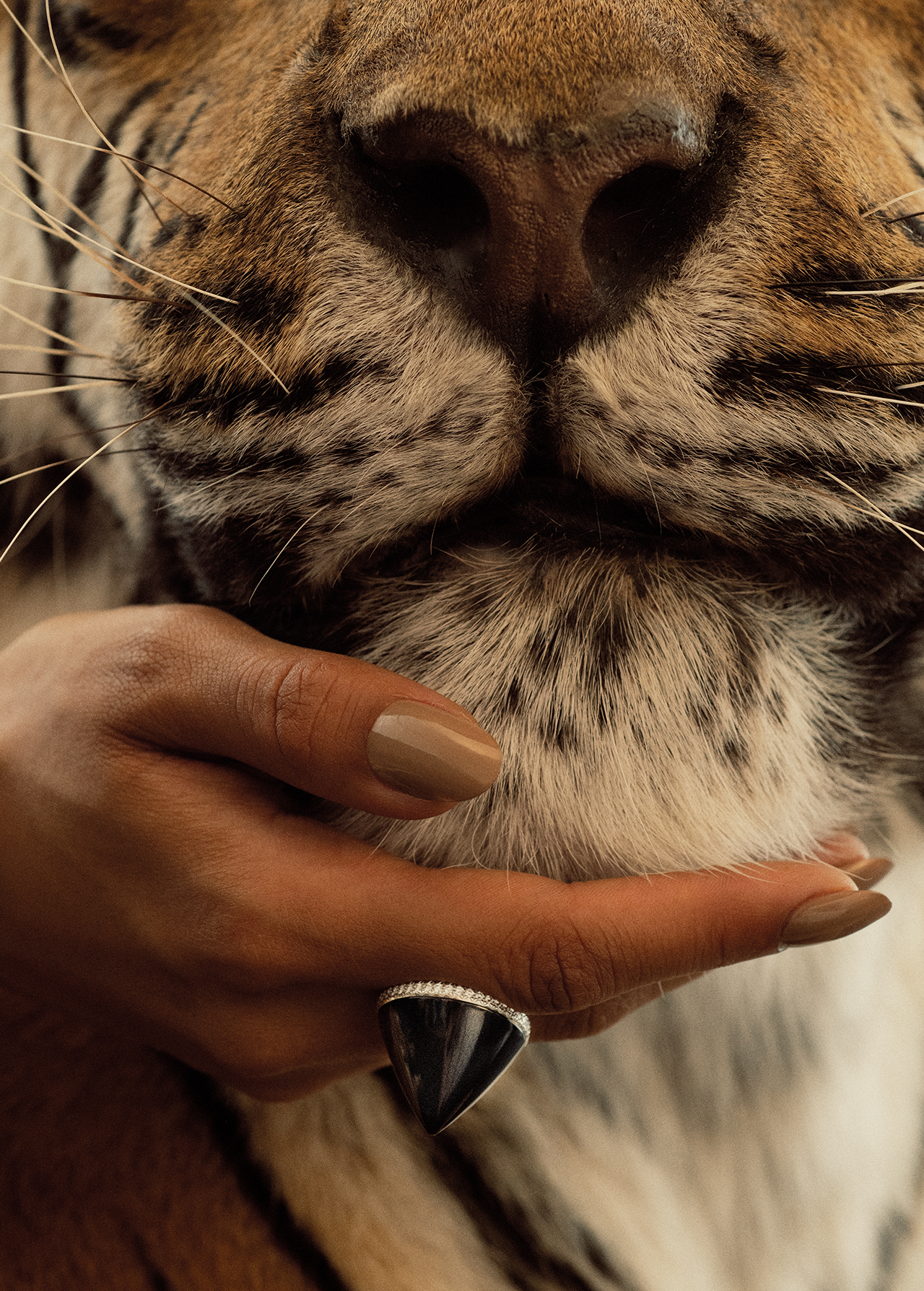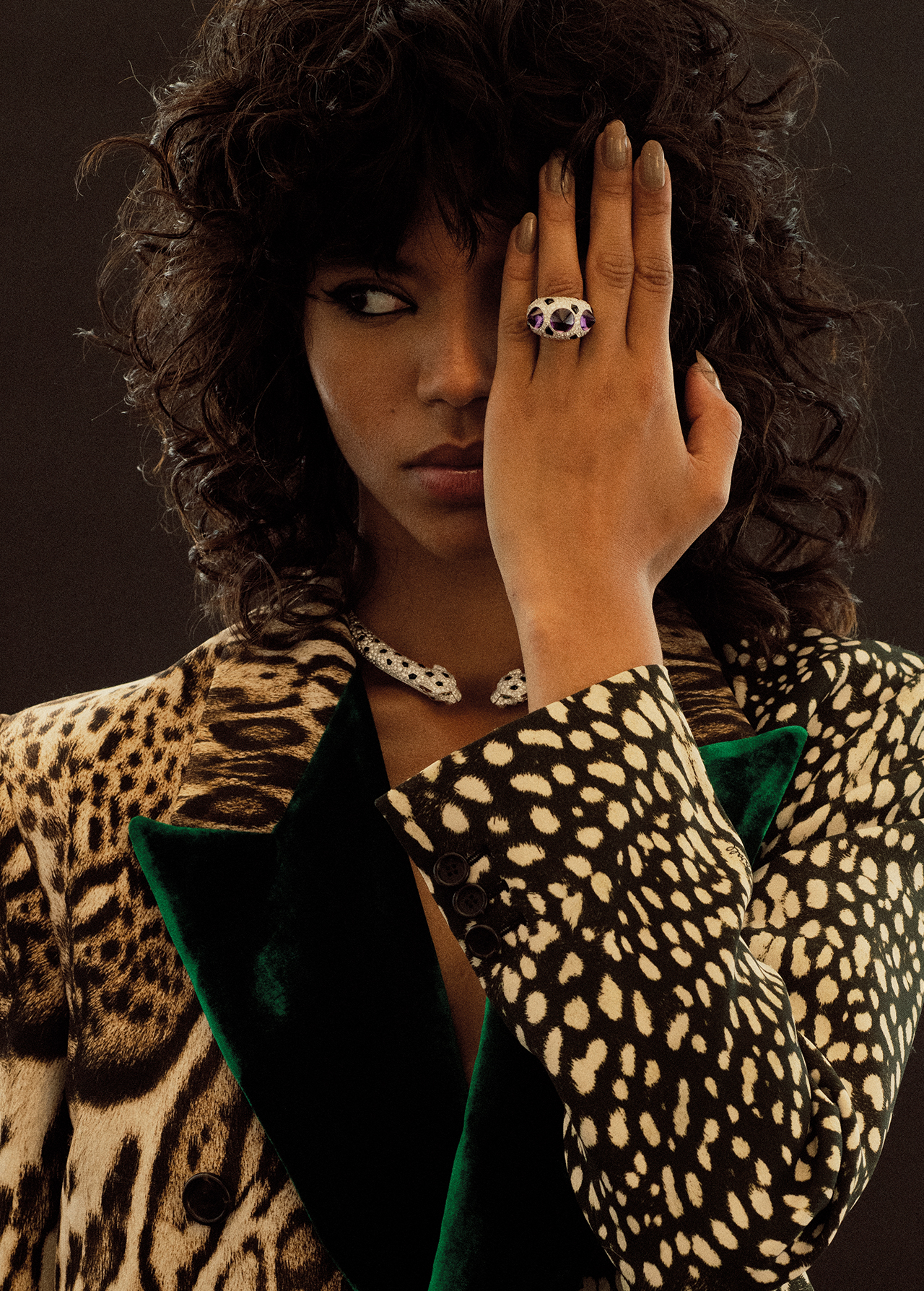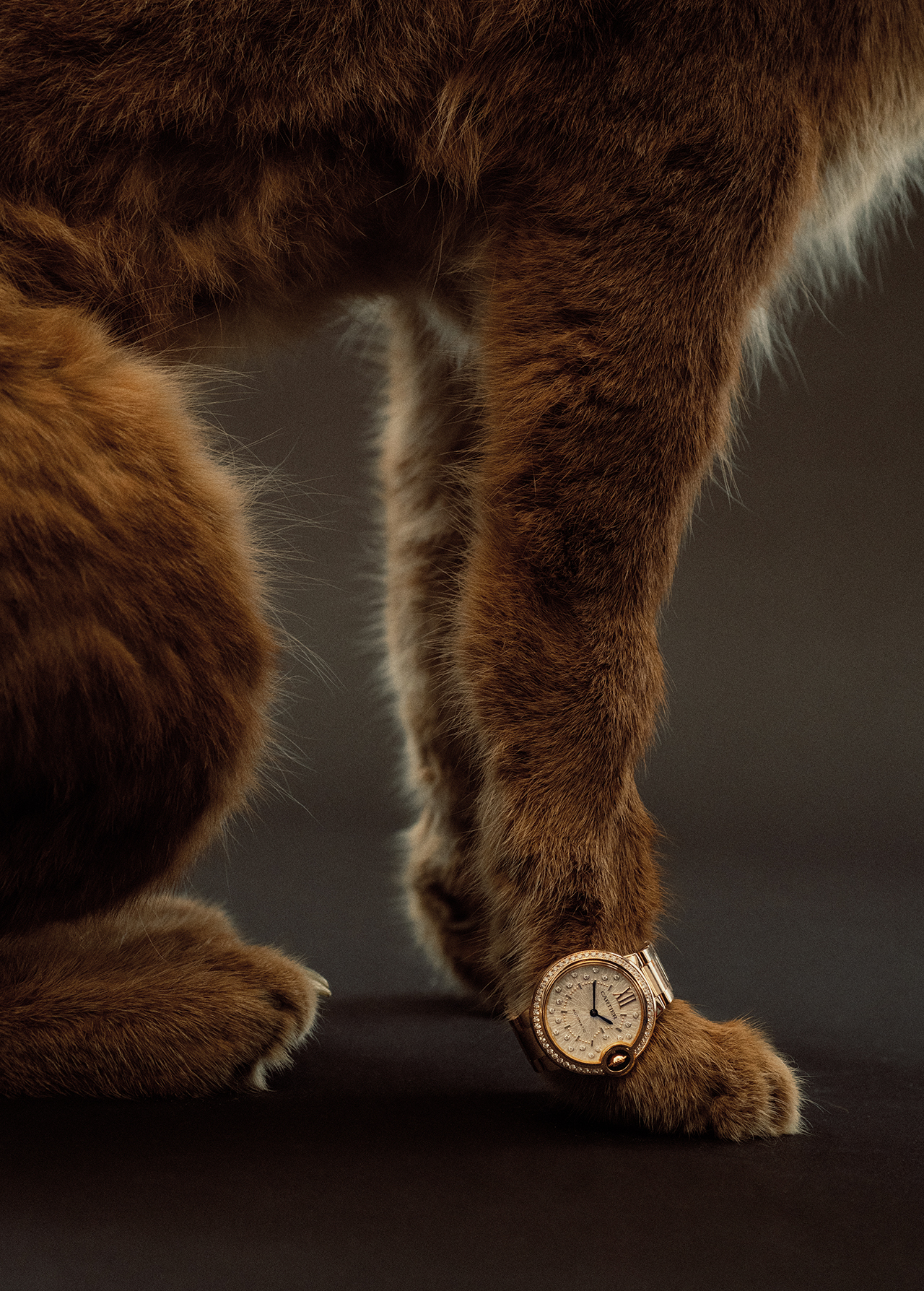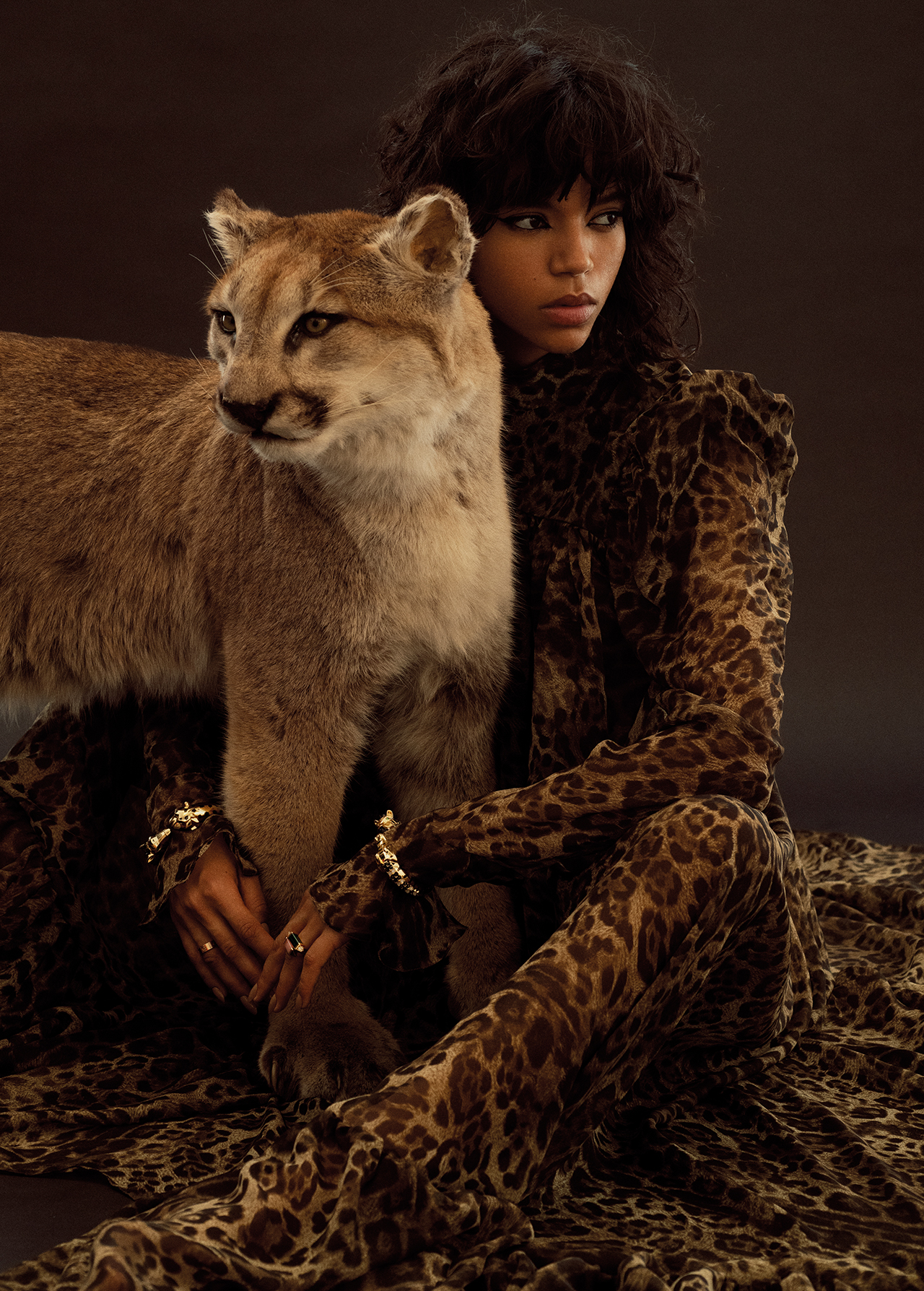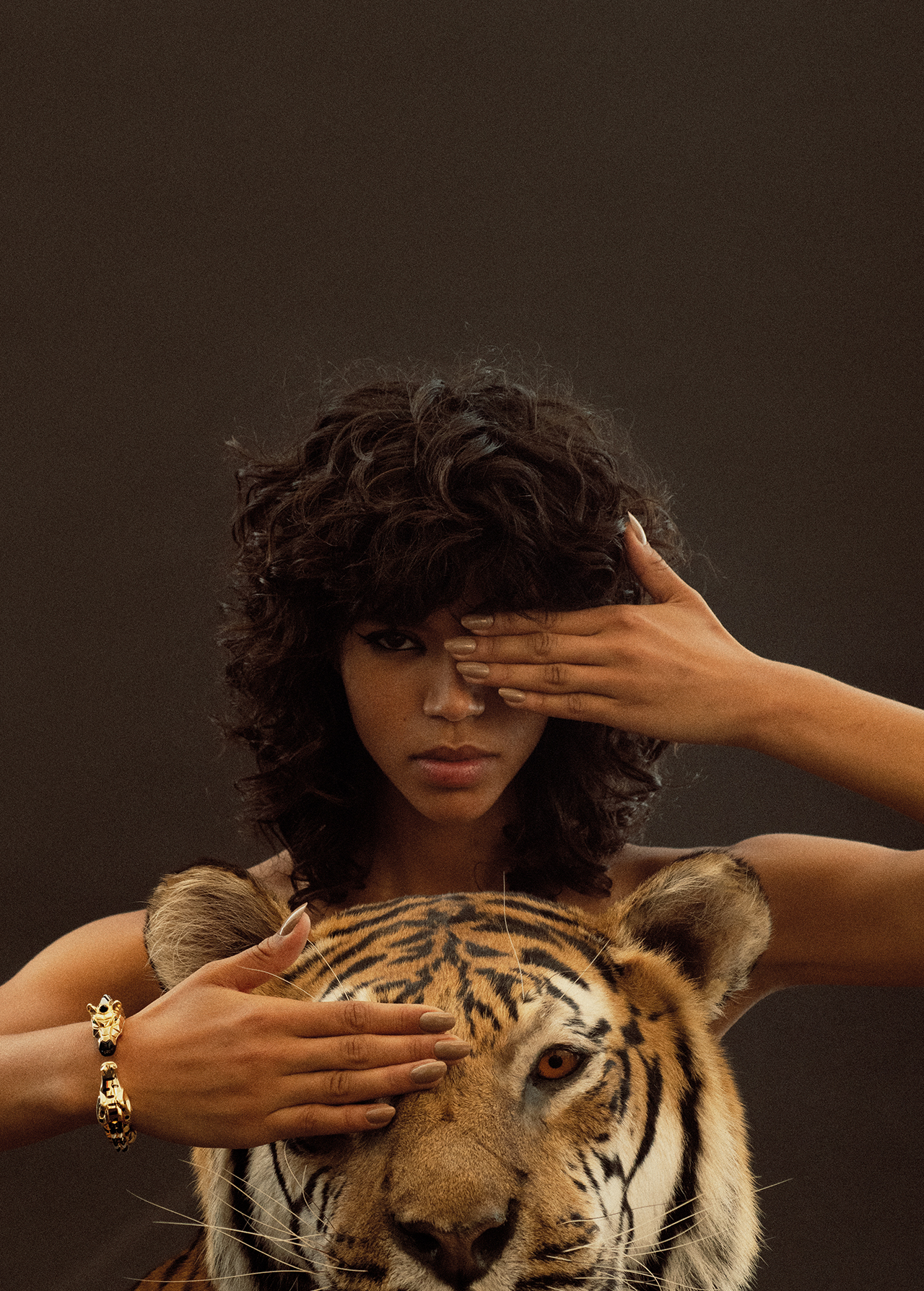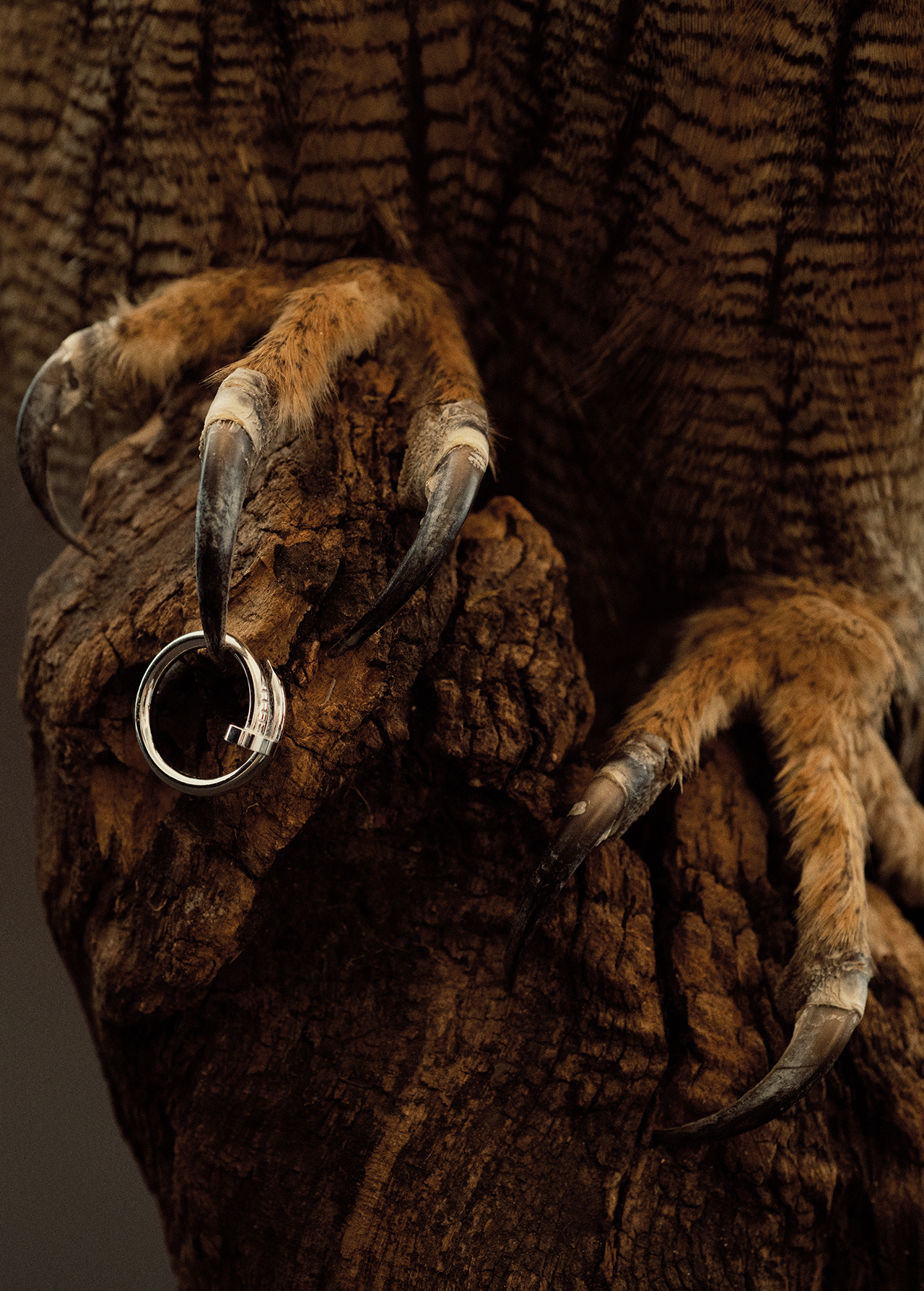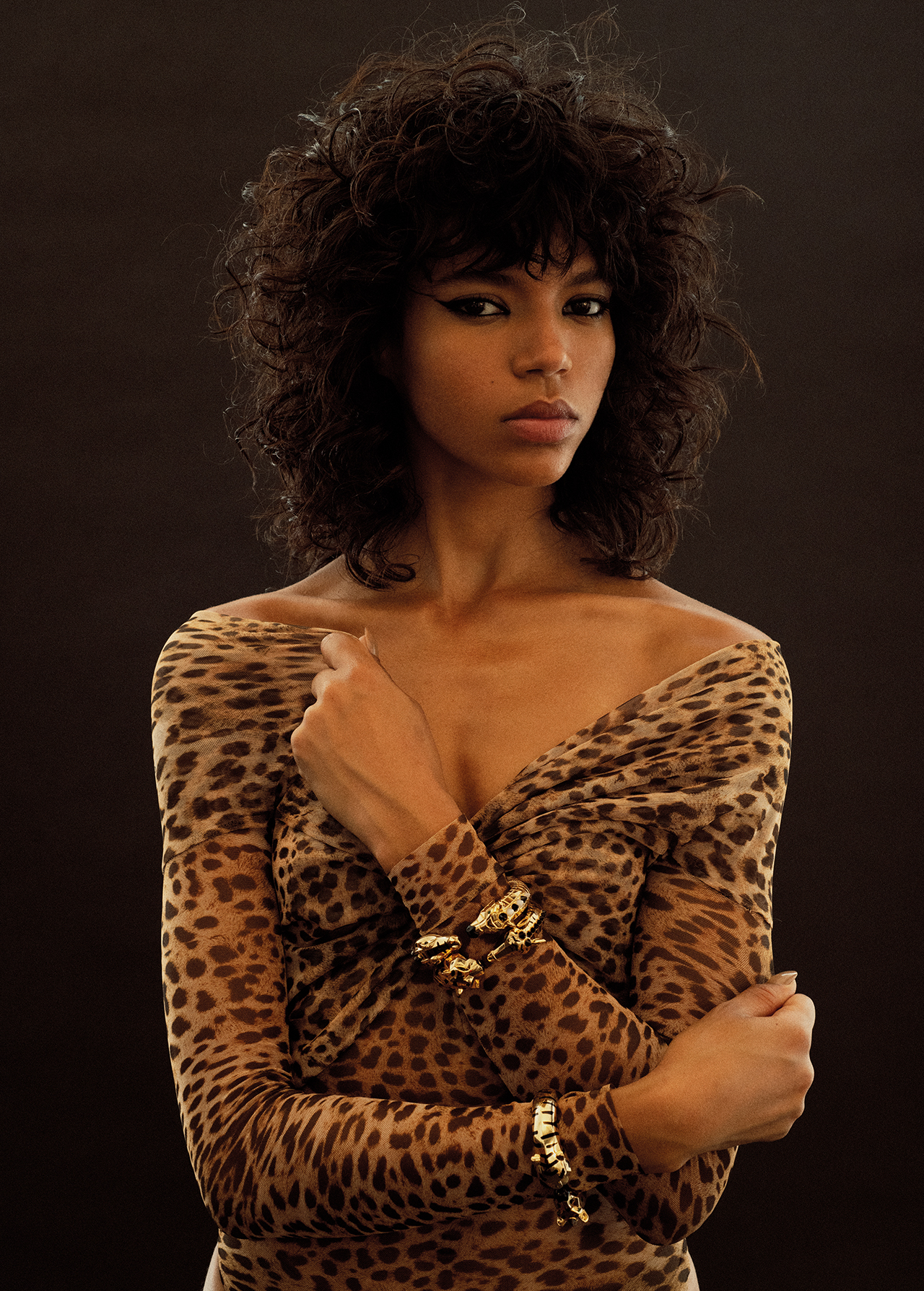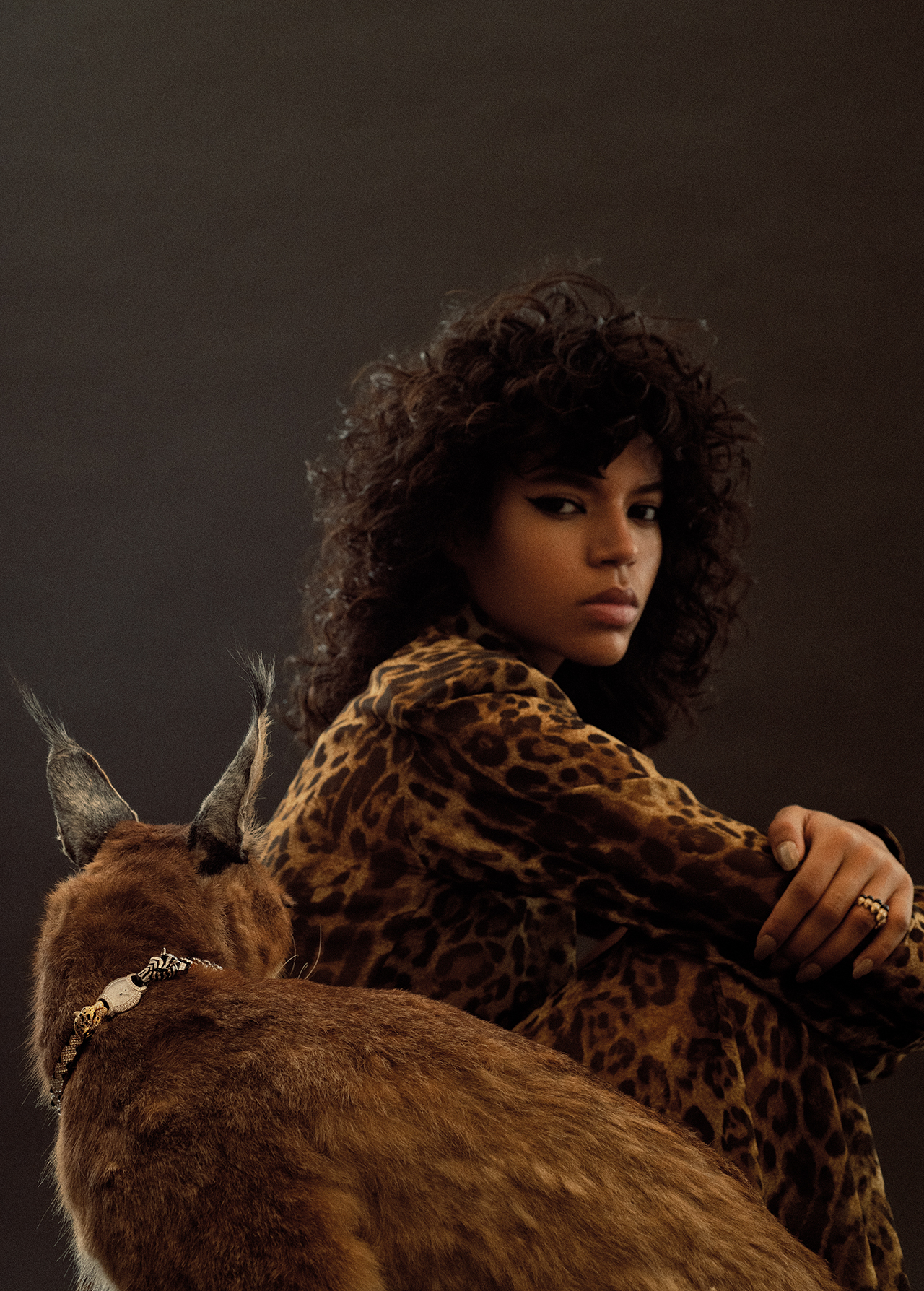News feed
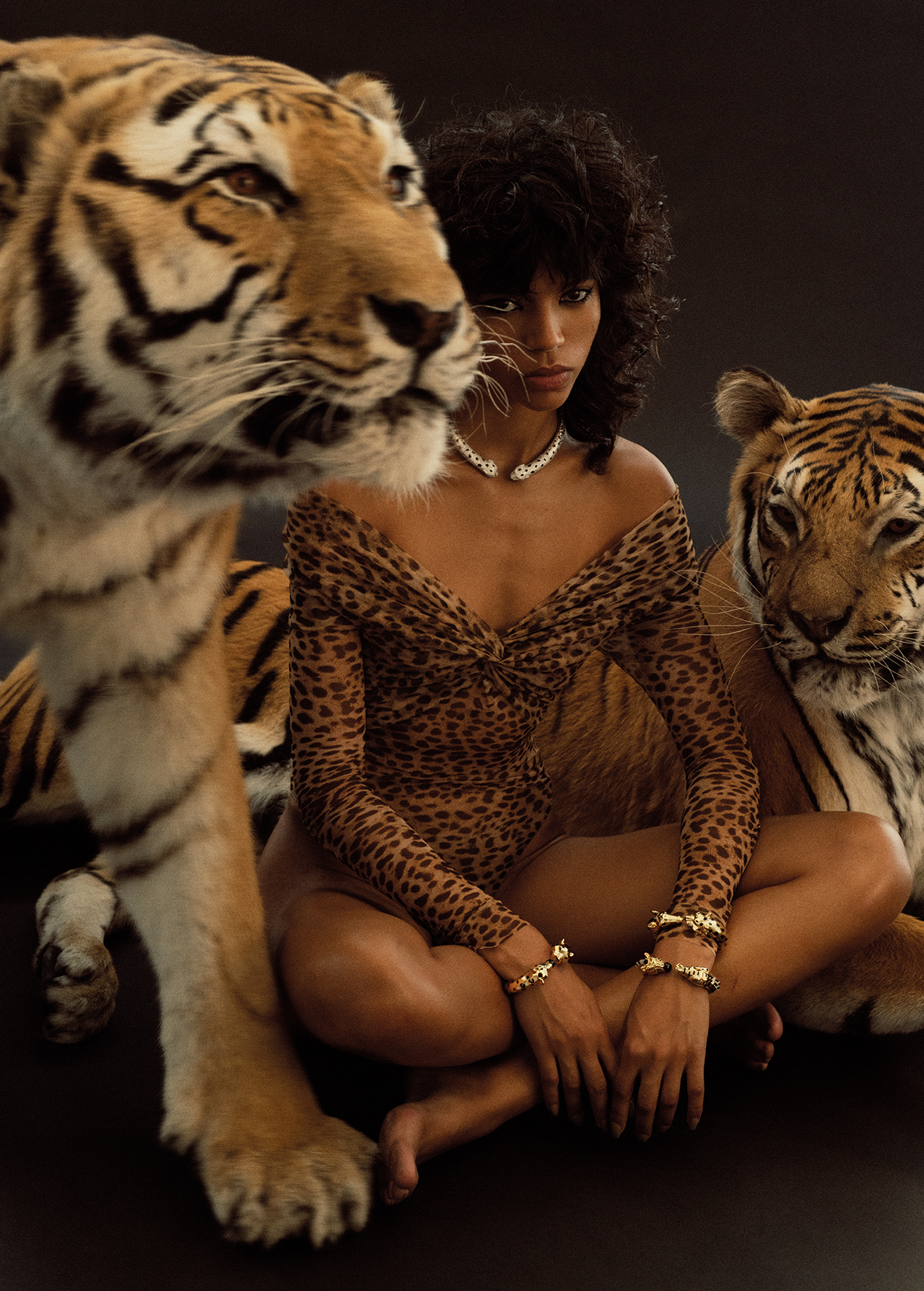
That Cartier has, since its earliest days, been the jewellery of choice for women who combine a fierce sense of independence, a flair for the dramatic, and a primal energy that reflects its most iconic motifs should come as no surprise. All one simply need do is look to the brand’s history. Or, more accurately, look behind the men that carried the Maison’s name and to the women – from muses to marriages – that inspired their creations.
It may seem like the ultimate cliché – that behind every man is an equally powerful woman. In the case of Cartier this is not only true, but it’s also not too far of a stretch to suggest that the Cartier legacy and brand wouldn’t be what it is today without the input of the charismatic, influential women who are as much a part of the Maison’s legacy and DNA as Louis, Pierre and Jacques Cartier.
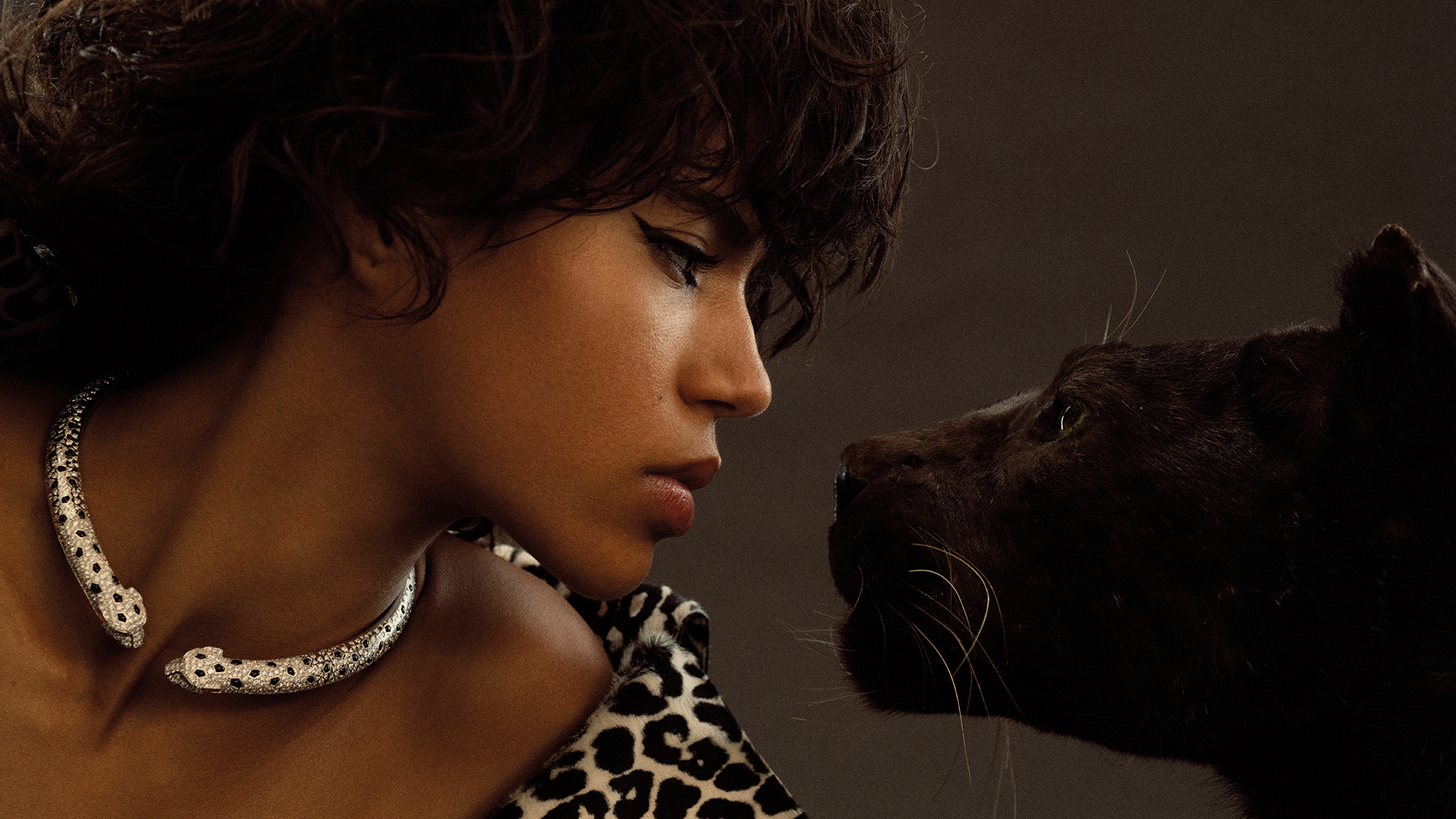
The brilliance of Creative Director Jeanne Toussaint, the fiery flair of Mexican actress María Félix, the aristocratic sensibilities of Andrée-Caroline Worth and the woman who was perhaps one of the first modern influencers, American socialite Wallis Simpson, who would go on to become Duchess of Windsor in one of the most scandalous unions of the era – to know the women of Cartier is essential to understanding its legacy.
There is a story told within the hallowed space of Cartier’s 13 rue de la Paix boutique, the cradle of the brand’s history. One that involves the iconic star María Félix, a pet baby crocodile and a fantastical request for the ateliers of Cartier. How, in 1975, Félix walked into the boutique and placed on the counter living, baby crocodiles and requested that the artisans make her a piece of jewellery in their likeness.
The resulting necklace is now an object of equal legend – two yellow gold crocodiles, one set with yellow diamonds with emerald eyes, while the other (set with emeralds) with ruby eyes, that could be worn entwined as a necklace, as separate brooches and even displayed as decorative objects.
How much of this story is 100 percent fact and how much of it is the legend of María Félix? “She told me the story herself,” says Pierre Rainero, Cartier’s global director of heritage and style. “It was more than 20 years ago in Mexico City. When I got to Paris, we spoke with the salesperson who had helped her who had since retired by that time. We told him that she told us the crocodile story.
“He didn’t say a word, but he looked towards the sky, I remember, and he said, ‘María.’ You couldn’t say that that was the truth and he remembered it, or it was an invention from her.”
(For the record, states Rainero, the recollections of Señora Félix are accurate. Photos recently recovered from the archives confirm that crocodiles – baby crocodiles – were the inspiration for the necklace.)
The already grand legend of María Félix, or La Doña (The Lady) as she was also known, has become entwined with that of Cartier. Several years prior to the request for her crocodiles, Félix had also requested a life-size snake necklace to be created. She felt an affinity with the animal, and often wore jewellery that bore its resemblance. According to Rainero, the relationship with Cartier began during her marriage to her French husband, towards the end of the 50s, beginning of the 60s. “When she started to live in Paris,” says Rainero.
But it was upon his death that Félix began to revisit her Mexican heritage with the boutique’s artisans, cementing her place in the pages of Cartier’s history books.
“She had the chimaeras, which were more attune to her Mexican heritage, in a way. Even more Mexican than the snake and the crocodiles. I don’t know if it’s linked, or if there is a link in her evolution, but in fact, she went to the crocodiles once her husband had died. I don’t know if she felt more freedom at that stage, and had the urge to express her Mexican identity even more.”
“But something else that she told me was also funny,” muses Rainero. “She told me, ‘I always loved big jewellery, but going to Cartier, I was sure I would get big jewellery with good taste.’”
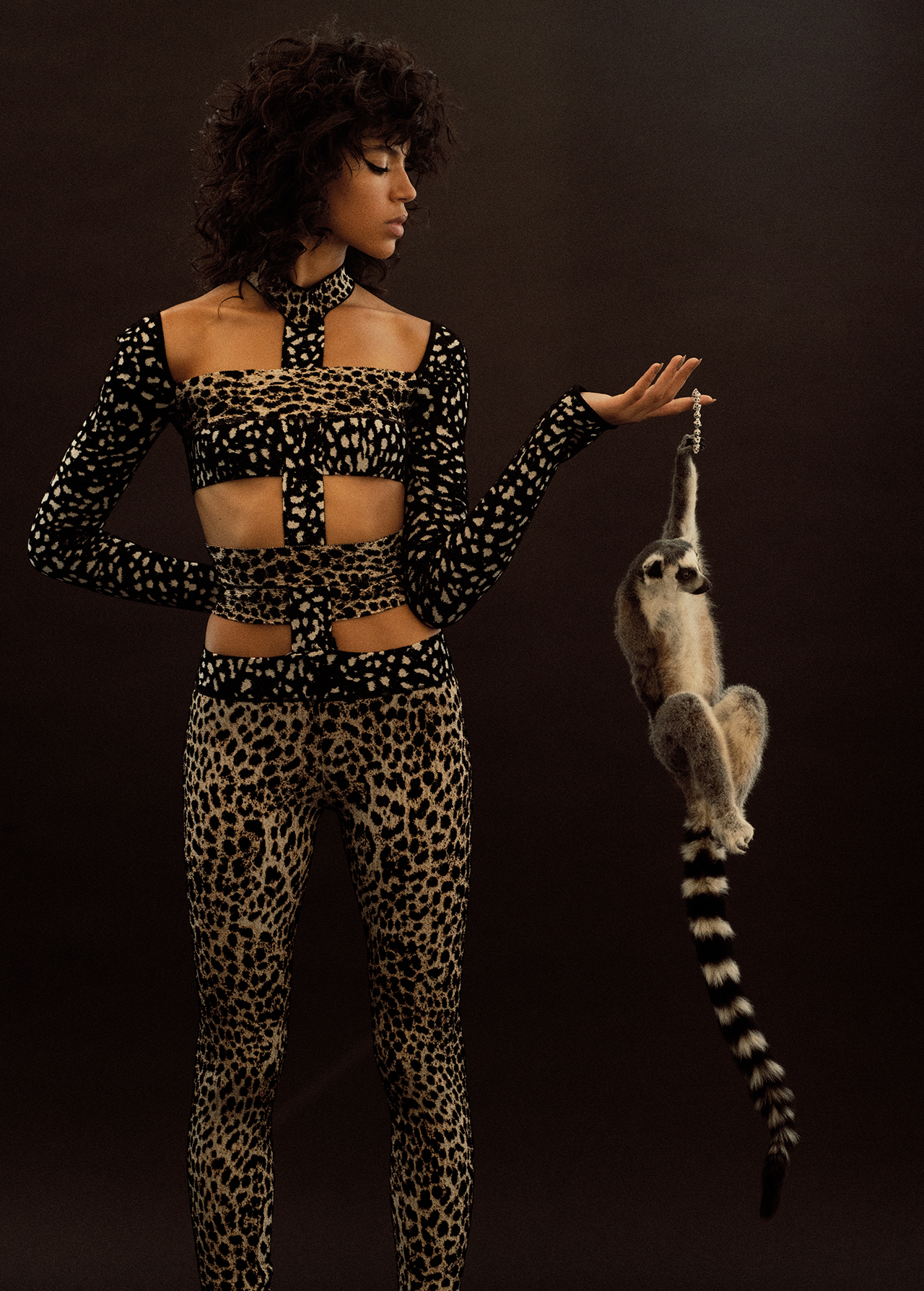
Yet Félix was not the only woman to make history within 13 Paix, where they made some of their most famous creations. It was, says Rainero, also the epicentre of Cartier’s evolution as jewellery for modern women and the changing nature of the world. “Because that’s where the clients from all over the world were coming,” he says. “And the changes happening in society and in the trends of jewellery, the needs of clients, the impressions that the team could learn from the clients – everything took place there at 13 Paix.”
With the reopening of 13 Paix this October, the new-look boutique brings the history of Cartier’s aesthetic into harmony with an architectural form that embraces a new sense of openness for clients. Figuratively, in the lightness and airiness of the interior and literally, with once-secret spaces beneath the boutique’s rooftop that will now welcome loyal friends of the brand. As much as the request for crocodiles and other unique creations, 13 Paix tells the story of the women who helped define Cartier.
Such as Andrée-Caroline Worth, first wife of Louis, whose family owned a fashion boutique on the same street. “That family was very daring in terms of fashion,” explains Rainero. Even before the wedding of Andrée-Caroline and Louis in 1898 the two clans were in close contact, with the Worth boutique often exhibiting Cartier pieces in their windows and in their private salons. According to Rainero, the Worths were also influential in the development of the original design of the Cartier boutique, as the structure of rue de la Paix was very much influenced by the boutique owned by the Worth family.
It was also here within 13 Paix that perhaps the most important woman in Cartier’s history bagan to shape the Maison’s creative direction: Jeanne Toussaint.
A very close friend of Louis Cartier, a fashion and jewellery designer, Belgian-French Toussaint was famous for both her bold temperament and her love of big cats. Especially the panther. It was for Toussaint that Louis Cartier created a cigarette case in 1917 that had a figurative depiction of a panther. While this wasn’t the panther’s debut in a Cartier creation – this was in the form of a watch, onyx and diamond, back in 1914 – it cemented the image as a fixture of the Cartier oeuvre and one that would become inextricably linked to Toussaint, whose own nickname was La Panthere.
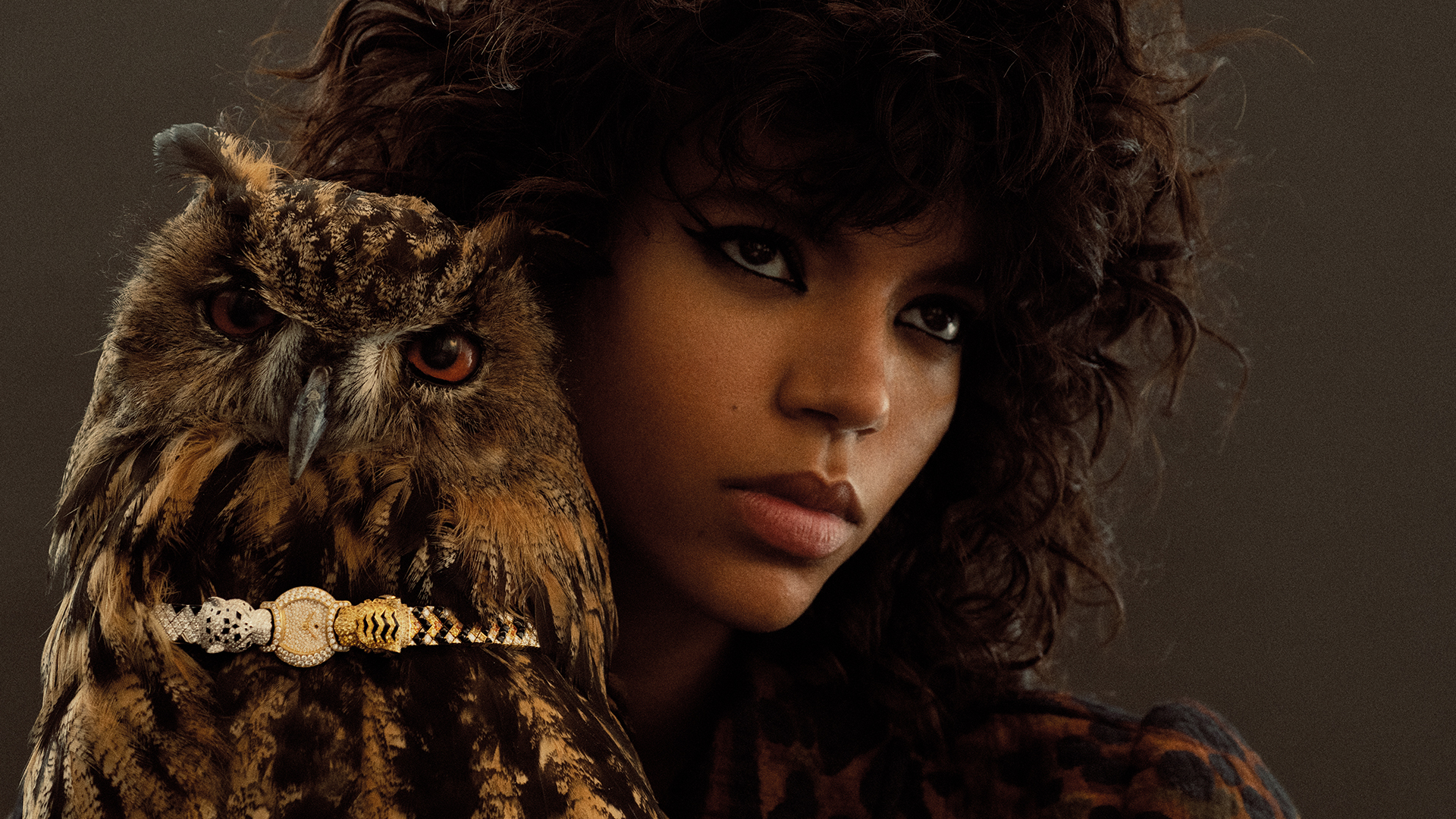
It was in the 13 rue de la Paix that Toussaint created the famous emerald panther brooch for an equally influential woman of the era, Wallis Simpson, the Duchess of Windsor, in 1948. Toussaint would go on to create a series of bestial-inspired pieces that have only added to the narrative of Cartier’s dual themes of power and beauty – including flamingos, tigers, ladybugs and reptiles.
Yet what was it about Cartier – as opposed to other, older jewellery houses – that attracted these women to its doors and designs?
Its appeal, explains Rainero, was also a reflection of the age that Cartier grew from. At the turn of the 20th Century, when Cartier was planting its feet throughout Europe and beyond (New York opened in 1909), class structure and the boundaries of society were beginning to see the impact of new money, of mobility in social structure and, most importantly for Cartier, a new kind of woman that Toussaint was both emblematic of and would begin to design for.
“Jewellery has always been about women,” says Rainero. “But there were different kinds of women. Women who were part of Society with a capital S and those who weren’t – actresses, courtesans…[and] jewellery was different for those women.”
Rainero explains that the art of jewellery was a formal code, a wearable art that signified one’s station in life. Particularly if you were part of said Capital S society. If you were married, you wore a certain style of brooch or ring. Lunch required one style, dinner another and attending the Opera something else entirely. “You would have certain jewellery to be worn in the morning and different styles to be worn in the afternoon,” says Rainero. “The art of jewellery, and the art of wearing it was codified in many, many ways.”
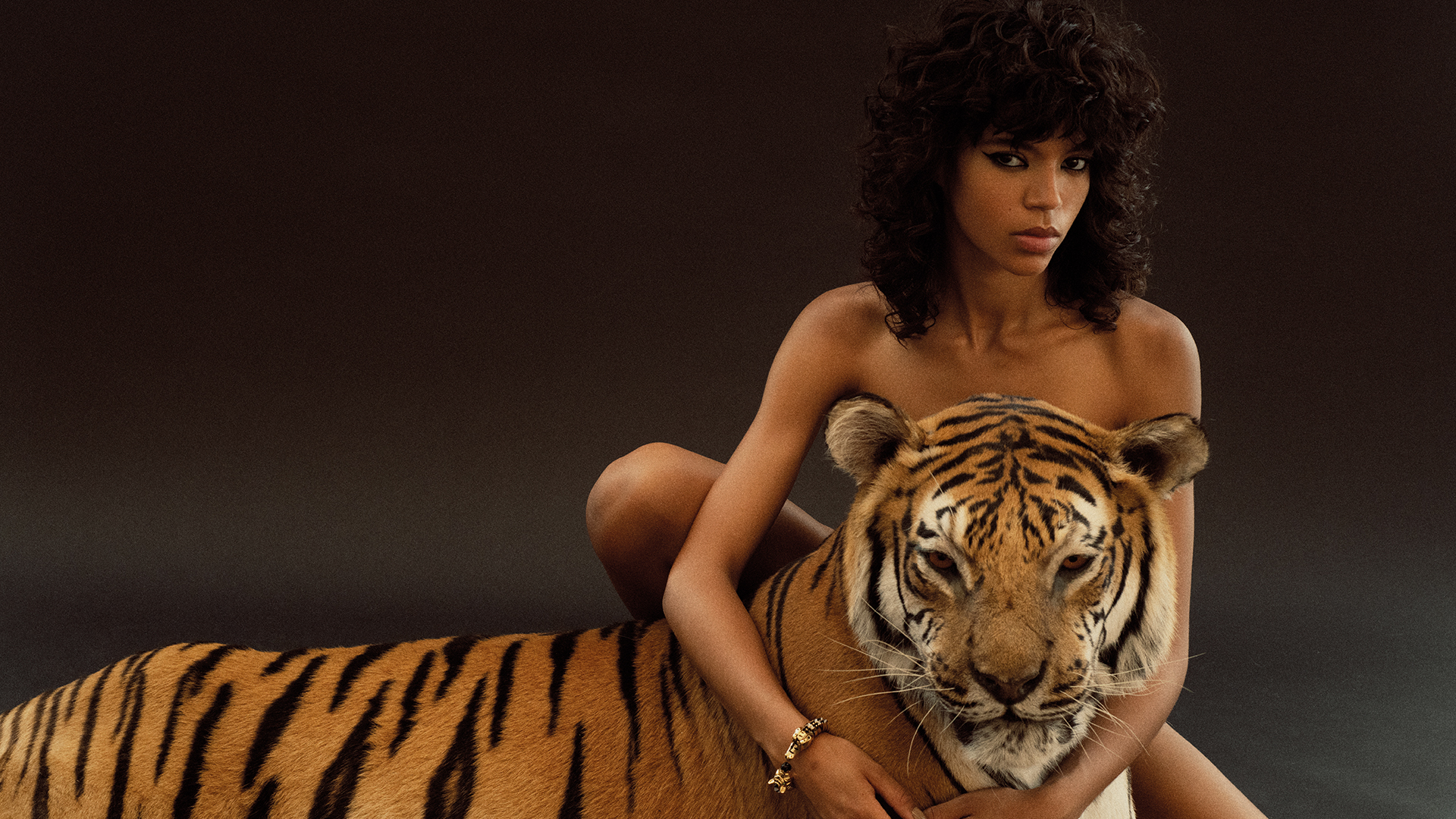
Cartier however, while still creating jewellery that was worn by royalty and thus intrinsically linked to displays of power, was unique. It became the jewellery for women who were not necessarily tied to the traditions of society and part of a movement that coincided with the push for more independence for women and their own self-expression rather than a reliance on men.
This association came in large part due to the trailblazing Toussaint – herself an example of the new woman who was entering the world. “Everything accelerated with the presence of Jeanne Toussaint,” Rainero explains. “I think she was key within Cartier to accelerate that movement, and to make that example for other women. To liberate, in a way, not only the creation in terms of jewellery, but also the behaviour of women towards jewellery.
“In the early 20th Century, Cartier was I think seen as an ally to women… I think the status of Cartier as a house of jewellery, a supplier to Kings and Queens all over the world, had credibility and respect and this helped those involved in the movement.
“I think women were playing with that connection to royalty and aristocracy also. They were using the status of Cartier in their favour. They’d say, ‘Cartier is the official supplier to very powerful men. They will be the official supplier to new, powerful women.’”
Cartier’s iconic flagship boutique 13 rue de la Paix reopens to the public this October.
DISCOVER THE COLLECTION AT CARTIER.
CREATIVE DIRECTION: DANÉ STOJANOVIC
PHOTOGRAPHY: PAUL MOREL
HAIR: JEAN LUC AMARIN
MAKEUP: OSSIEL RAMOS ABARCA
MANICURIST: JESSICA MALIGE
EXECUTIVE PRODUCER: JEAN-MARC MONDELET
FASHION ASSISTANT: CAMILLE LOIZILLON
DIGITAL TECHNICIAN: JULIEN DAUVILLIER
MODEL: CALISTA CHOLEY / WOMEN
TOP BANNER IMAGE: HOBLE JERSEY TURTLENECK DRESS WITH TORTOISE SHELL-INSPIRED PRINT, DRIES VAN NOTEN, SHOP NOW. INDOMPTABLES BRACELET IN YELLOW GOLD WITH BLACK LACQUER, ONYX & TSAVORITE GARNETS, SHOP NOW, INDOMPTABLES BRACELET IN YELLOW GOLD WITH BLACK LACQUER, ONYX, MOON STONE & TSAVORITE GARNETS, SHOP NOW, INDOMPTABLES BRACELET IN YELLOW GOLD WITH BLACK LACQUER, ONYX, MOON STONE & TSAVORITE GARNETS, SHOP NOW, CARTIER
DISCLAIMER: GRAZIA worked with Parisian taxidermist Design & Nature, a company who are regulated by The Washington Convention on International Trade in Endangered Species of Wild Fauna and Flora (CITIES). An international agreement between governments., CITIES’ aim is to ensure that international trade in specimens of wild animals and plants does not threaten the survival of the species. The animals presented in this shoot had passed due to natural causes.





